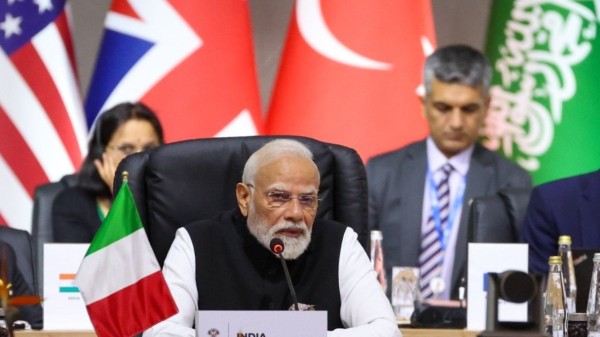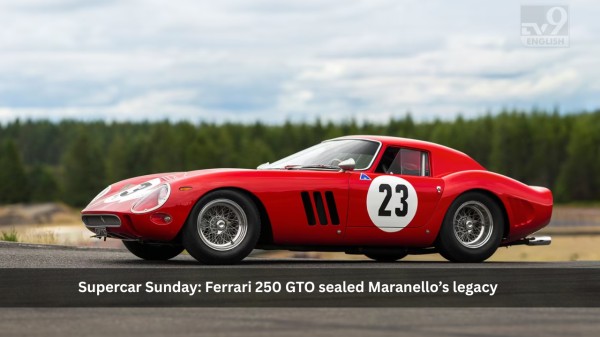

By signing in or creating an account, you agree with Associated Broadcasting Company's Terms & Conditions and Privacy Policy.


By signing in or creating an account, you agree with Associated Broadcasting Company's Terms & Conditions and Privacy Policy.

New Delhi: In this Supercar Sunday, we will look at ‘Jaaaaaagss’, specifically the Jaguar E-Type. The Jaguars have always been the rougish kind in the world of sports cars and luxury because they capture the enthusiast's imagination so well. The E-type or XK-E in America is one of the examples of this.
The E-Type came in 1961, and it was immediately the definitive sports car. Jaguar, for their part, made it interesting by selecting a few elites and racing drivers for the sale, and the first one to ever have one was model Bridgette bardot’s husband. From that moment, it was on everyone’s wish list. Hack in the day, the Italian-made Ferrari or Maserati would cost you about € 6,000, whereas Jaguars would hand you all of that in just € 2,000.
The E-Type’s story began not on the designer’s drawing board but on a race track. In the 1950s, Jaguar ruled the endurance racing with their C-Type and D-Type, and multiple times had won the 24 Hours of Le Mans. These cars came with advanced technologies in that time period and included things like the monocoque construction, disc brakes and aerodynamic bodywork that reflected in the design of the E-Type.

The E-Type was quite impressive, and the car came with independent rear suspension, disc brakes on all four wheels, and the engine only improved each time. In Series one (1961-68), you had a 3.8-litre and later a 4.2-litre inline-six engine. Both engines made the same 265 bhp, but the latter had more torque. The top speed would go up to 241 kph and was mated four-speed manual
Series 2 (1968-71) had a 4.2-litre inline-six with a 246 bhp engine, while the Series 3 (1971-74) had a 272 bhp making 5.3-litre V12 that went around 241 kph, and you could opt for either a four-speed manual gearbox or a three-speed automatic.

Jaguar chief designer Malcolm Sayer had a big part in not only making the car aesthetically stunning but also deploying mathematical formulas for better airflow and efficiency. Taking cues from the D-Type Le Mans race, the E-Type got a long sweeping bonnet, low stance, a short rear deck for well well-blended, feline-like profile.
At the front, it came with oval frills and glass-covered headlamps, and the bonnet stretched for half a car’s length. E-Type was given flowing lines and the least amount of ornamentation, and more of it was based on the lines. The back was equally amazing, coming with ducktail-shaped round small taillights, and the rear haunches felt muscular. The stance wasn’t aggressive but more sporty.
Inside, it was all sportiness and luxury in perfect harmony. The cockpit had trimmed leather seats, polished aluminium accents and toggle switches like aircraft. It was a driver-focused car and came with a big three-spoke steering wheel, Smiths instrumentation and a central console that had the main gauges. The seating was low, and the 2+2 seating setup came with small rear seats and a bit more headroom. In Series 1, it came with an aluminium-trimmed dashboard, while the later ones got walnut veneer and better ergonomics as well.
Perhaps Jaguar's biggest flex was the costing, but then the racing pedigree did mount for something. The list of owners included George Harrison, Sir Mick Jagger, Sir Jackie Stewart and a host of others. It became more than just a status symbol. It was the rage of the young who had made it big already.








